Planning
Benefits of Landscaping with Native Plants
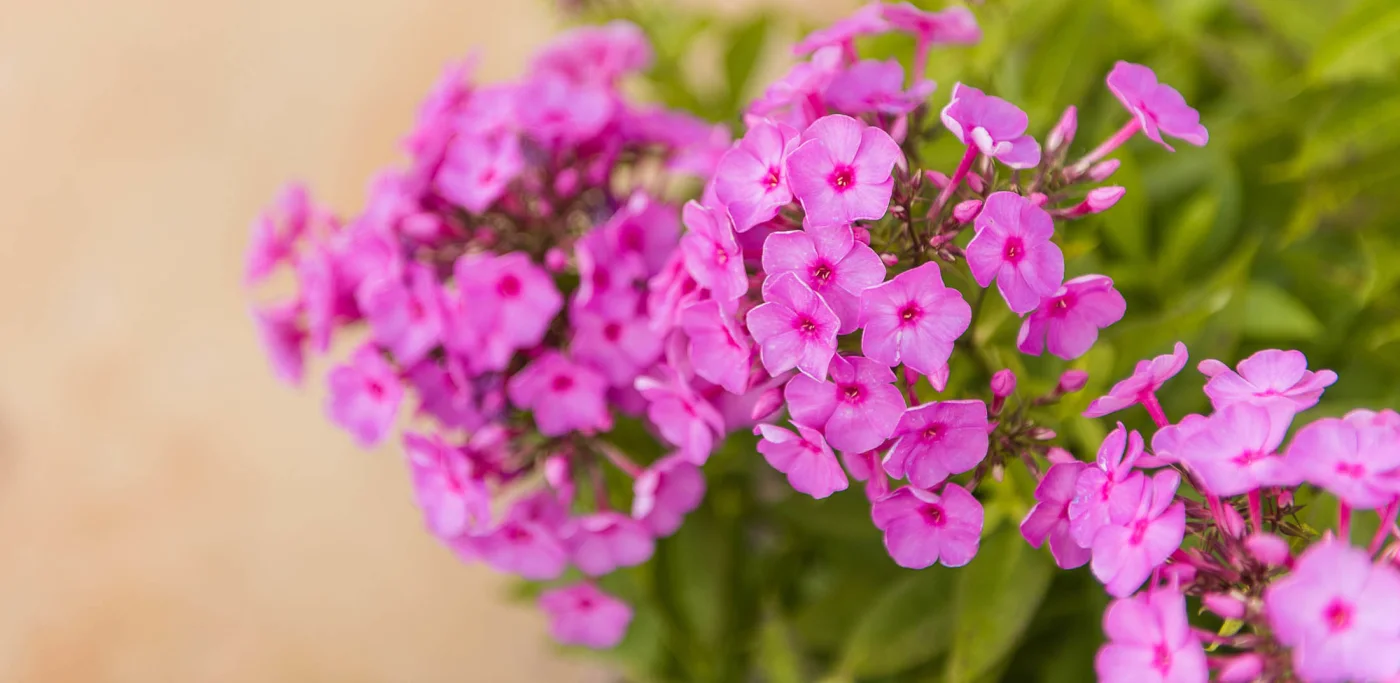
Why native plants matter?
Over the past century, urbanization has transformed established, ecologically productive land into lawns and exotic ornamental gardens. This transformed landscape no longer supports functioning ecosystems, and the remaining isolated natural areas are often not large enough to appropriately support wildlife.
Native plants are those that occur naturally in a region in which they evolved; they are the ecological basis upon which natural life depends. Without native plants, the insects, birds, and wildlife that co-evolved with them cannot survive.
Unfortunately, most of the landscaping plants available in nurseries are alien species from other countries. Though beautiful, these exotic plants not only sever the food web, but many have become invasive pests, out-competing native species and degrading habitat in remaining natural areas.
Landscaping choices have a meaningful effect on the natural world around us. Selecting native plants is vital to restoring and preserving a healthy environment. Along with being essential to the environment, the use of native plants has various other benefits that make them advantageous choices. In this article, we outline 10 benefits of using Native Plants.
Low Maintenance Benefits
Once established, native plants generally require little maintenance.
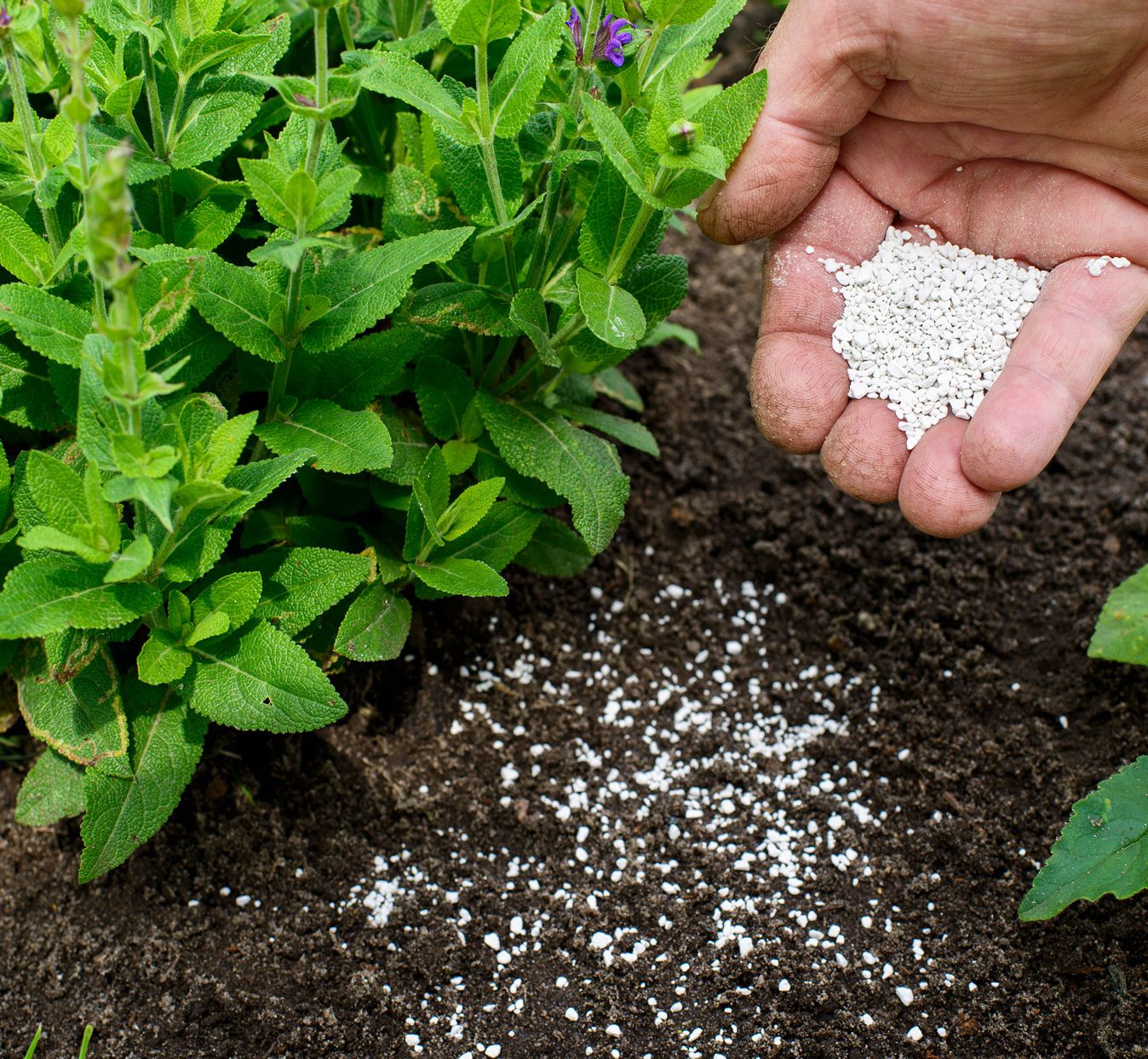
Low Maintenance Benefits
No Fertilizers or Pesticides Necessary
Because they are adapted to the environment, native plants do not require fertilizers to thrive in the landscape. Additionally, native plants can defend themselves against indigenous insects, fungi, and disease. So instead of spraying the plants with artificial pesticides, they have a natural built-in defense system to protect themselves.
By not having to use pesticides on your plants, you’re saving time, money, and helping to not pollute your environment and not causing damage to other plants.
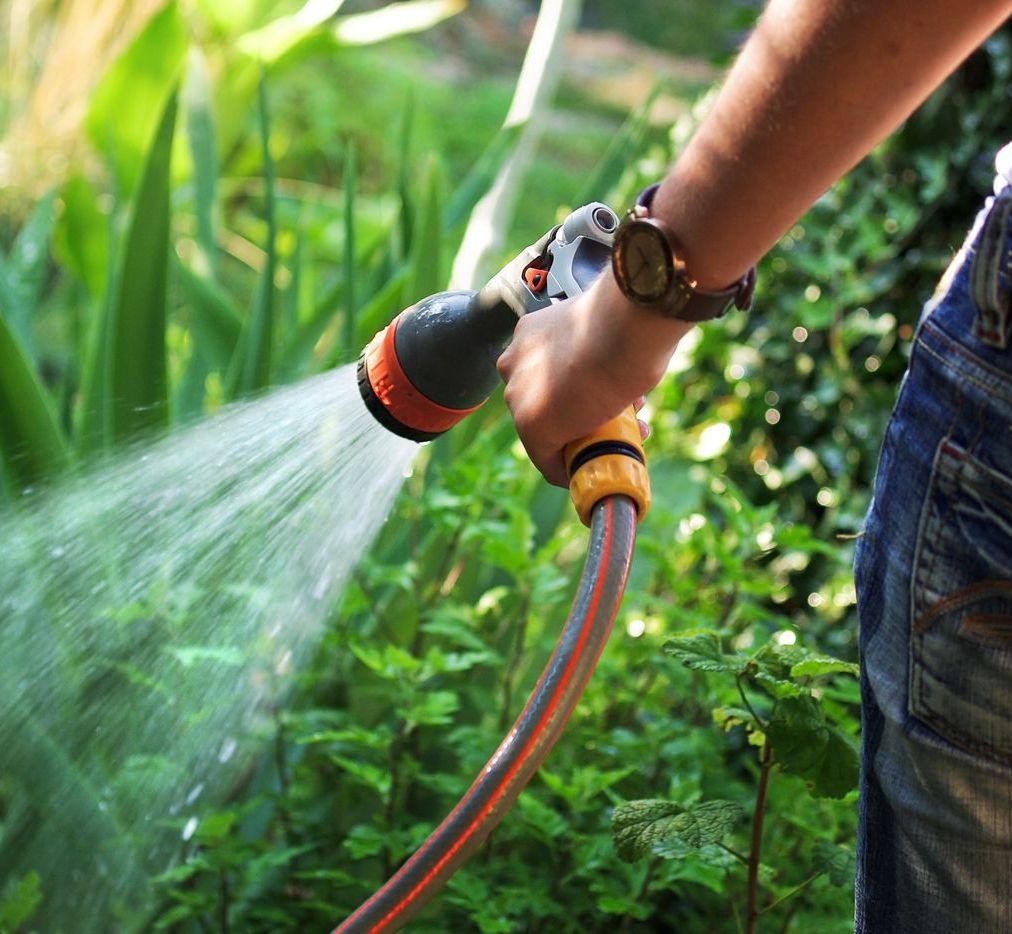
Low Maintenance Benefits
Less Water Needed
The modern lawn requires significant amounts of water to thrive. In urban areas, lawn & garden irrigation uses as much as 30% of the water consumption on the East Coast and up to 60% on the West Coast.
Since native plants are genetically adapted to their habitat, they are able to hold water better than non-native plants. Once established, native plants will better adapt to the typical amount of precipitation an area receives.
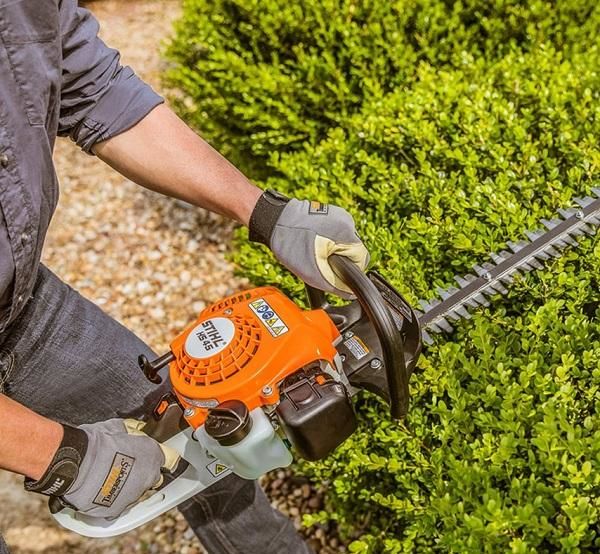
Low Maintenance benefits
Little Pruning Required
Native plants look best when left to their natural shape. Aside from clipping back grasses and perennials once a year, there is no need to prune native plants.
Environmental Benefits
native plants are essential for restoring & Preserving a healthy Environment.
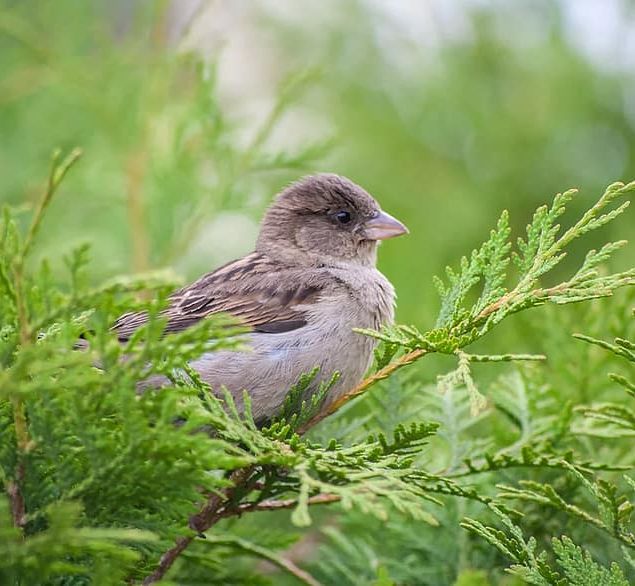
environmental benefits
Provides Shelter & Food for Wildlife
There are very few benefits to native wildlife from a manicured lawn. Likewise, gardens that mostly feature non-native species of plants are often of little benefit to wildlife.
Natural landscaping is an opportunity to reestablish diverse native plants, thereby inviting the natural wildlife back home. Native plants promote wildlife habitats, serving as a crucial source of food and shelter for birds, butterflies, and other wildlife. In many environments, large amounts of wildlife depend on specific native plants and other natural sources to survive.

environmental benefits
Supports Pollinators
Birds, bats, bees, butterflies, beetles, and other small mammals that pollinate plants are responsible for bringing us one out of every three bites of food. They also sustain our ecosystems and produce our natural resources by helping plants reproduce.
Native plants provide nectar for pollinators including hummingbirds, native bees, butterflies, moths, and bats. Many of these pollinators are actually dependent on very specific native plant species.
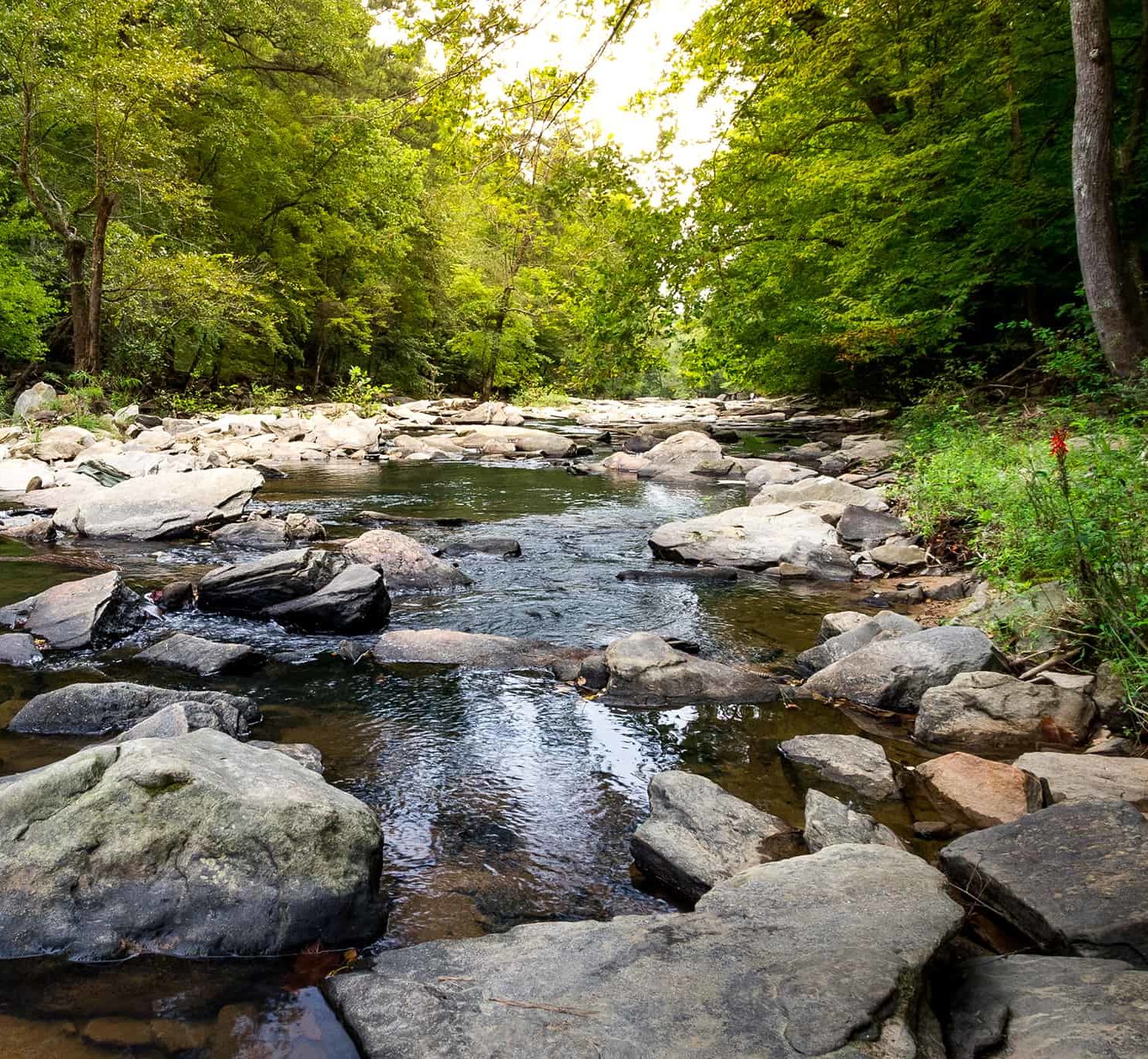
Environmental benefits
Cleaner Waterways
Along with saving money, decreased fertilizer use helps to protect the environment. Excess phosphorus and nitrogen from fertilizers runoff into lakes and rivers causing increased algae growth. This excess in growth results in depleted oxygen in our waters, severely harming aquatic life.
Additionally, the dense, deep root systems of native plants hold soil to prevent erosion and allow for better absorption of rainfall, which reduces urban runoff that’s harmful to water quality.
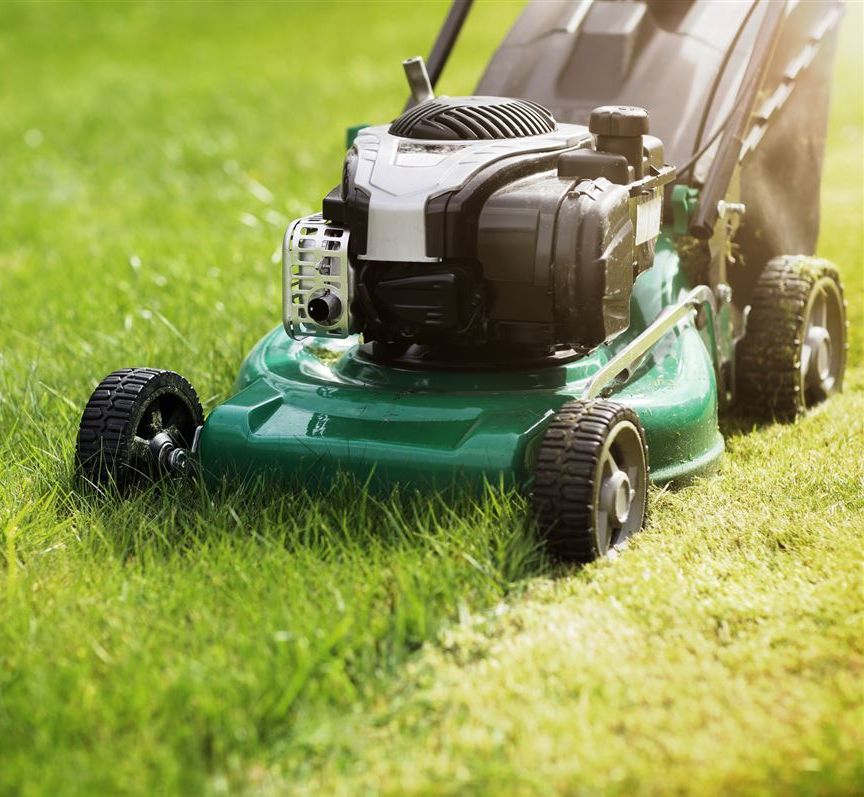
environmental benefits
Helps to Reduce Air Pollution
Unlike native plants, lawns and ornamental gardens must be mowed and maintained regularly. About forty million lawnmowers consume 200 million gallons of gasoline per year, while overall, gas-powered garden tools emit 5% of the nation’s air pollution. One gas-powered lawnmower emits 11 times the air pollution of a new car.
Landscaping with native plants helps to decrease air pollution by reducing the need for the maintenance equipment that causes it. Additionally, native plants help to reduce the amount of CO2 in the atmosphere by taking in CO2 and storing the carbon in the body of the plants, roots, and soil. Though cleaning the air is done by all vegetation, native plants work much better due to their extensive root systems and increased ability to retain and store water.
Additional Benefits
Along with being lower maintenance and environmentally Friendly, native plants offer various additional benefits.

Additional Benefits
They can save you money!
As outlined above, native plants require less water, fertilizers, pesticides, and labor to maintain. These low maintenance characteristics result in real financial savings for homeowners. One study by Applied Ecological Services of larger properties estimates that over a 20 year period, the cumulative cost of maintaining a native landscape totals $3,000 per acre versus $20,000 per acre for non-native turf grasses.
The economic benefits of native plants can also be measured against the damage that certain non-native plants do. The most widely referenced paper on this issue reports that invasive species cost the United States more than $120 billion in damages every year!
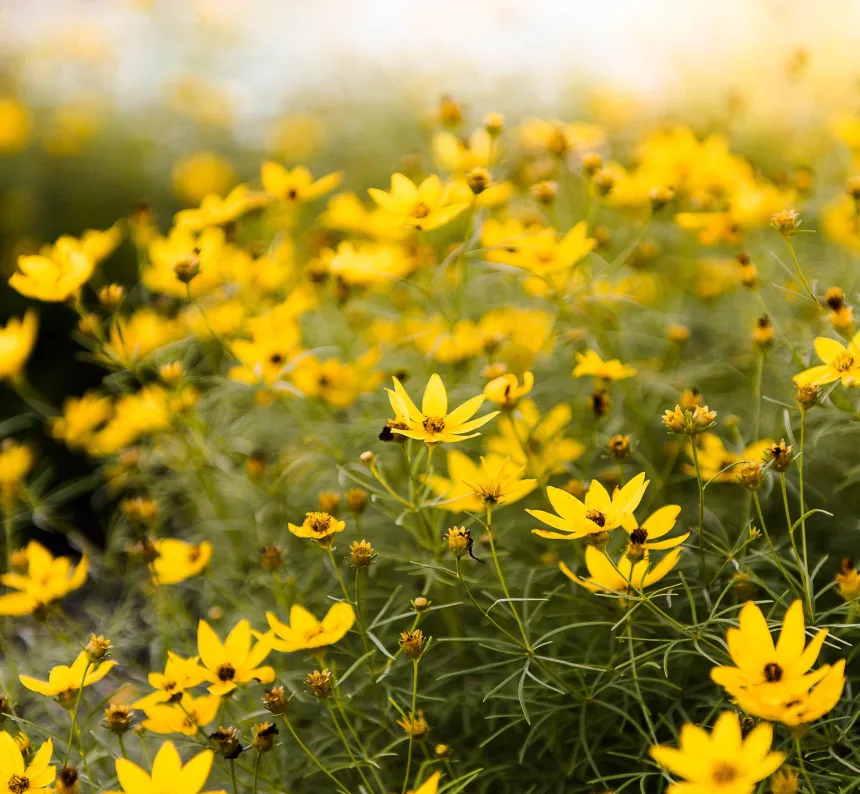
Additional benefits
They create a healthier space
Lawns and ornamental landscapes are notorious for requiring profuse amounts of artificial fertilizers and synthetic chemical pesticides and herbicides. The traditional suburban lawn, on average, has 10x more chemical pesticides per acre than farmland. By choosing native plants for your landscaping, you are not only helping wildlife, but you are creating a healthier place for yourself, your family, and your community.
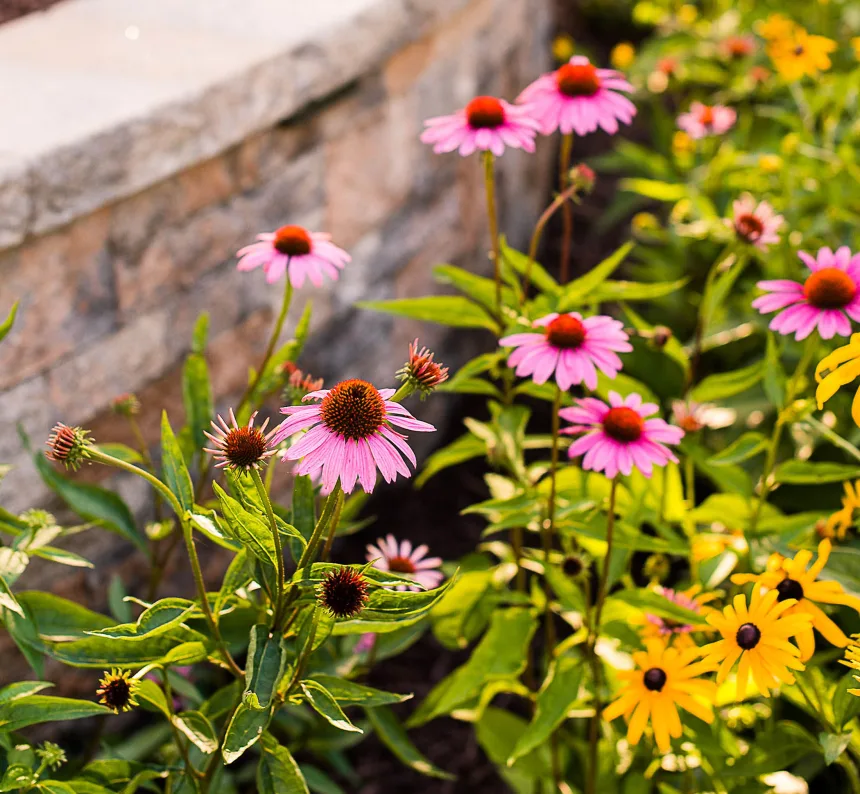
design benefits
They're Beautiful!
In large part, North America is a gorgeous land because its native plants offer beautiful showy flowers, produce abundant colorful fruits and seeds, and brilliant seasonal changes in colors. When landscaping, it makes sense to trust Mother Nature's wisdom and embrace that natural beauty. With so many beautiful native plants to choose from, there is no need to select foreign plants that offer little ecological benefit and often cause harm.
Outdoor Dreams' Favorite Natives
A curated selection of native perennials, ferns, vines, shrubs, grasses & trees.
Although not a comprehensive list of all native plants, our favorites were selected because they are attractive, relatively easy for the home gardener to acquire, easy to maintain, and offer various benefits to wildlife and the environment.
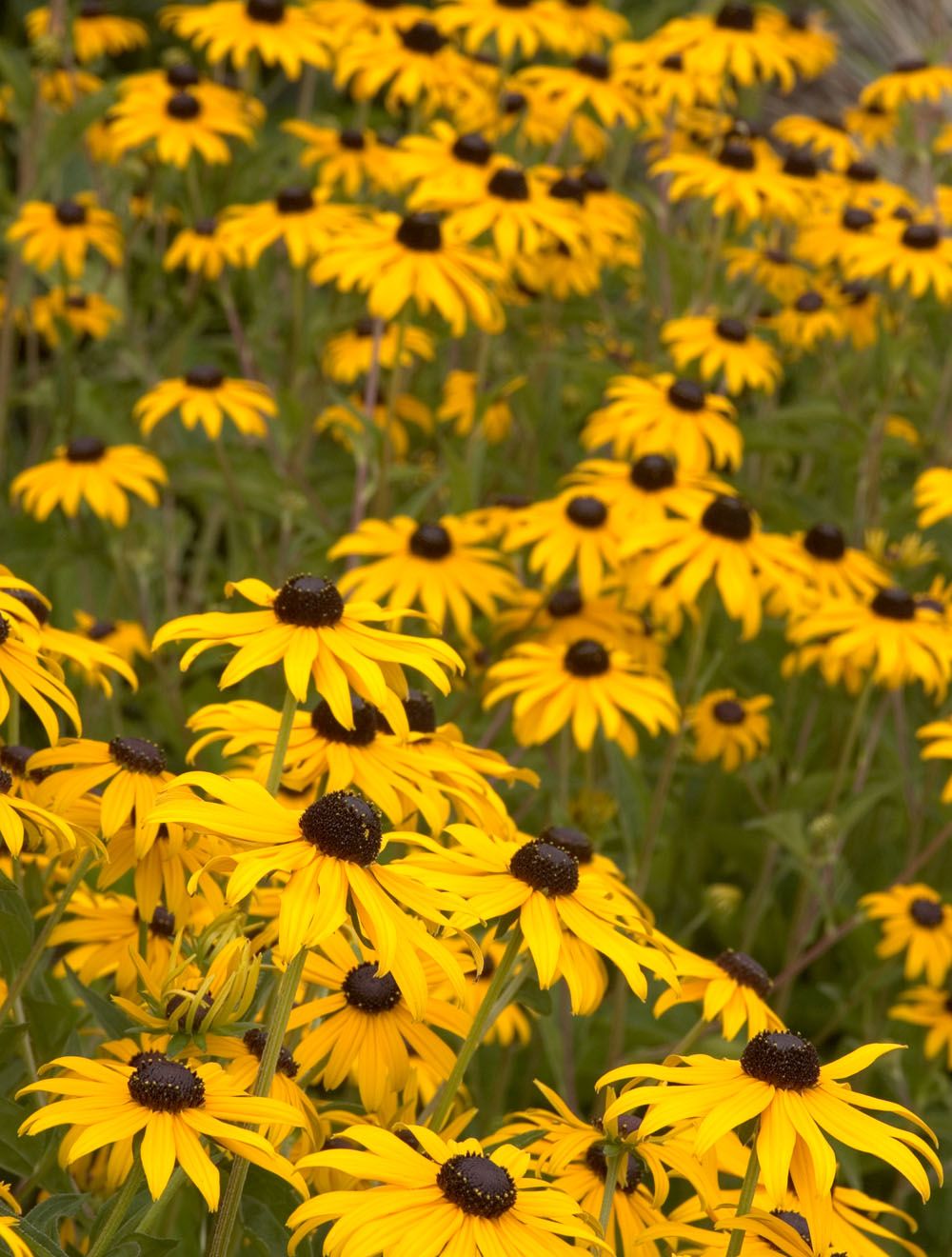
-
Black-Eyed Susan
-
Threadleaf Coreopsis
-
Blanket Flower
-
Butterfly Weed
-
Coneflower
-
Helianthus
-
Dwarf Crested Iris
-
Virginia Blue Flag Iris
-
Gayfeather - Blazing Star
-
Cardinal Flower
-
Beebalm
-
Wood, New England, & New York Asters
-
Virginia Spiderwort
-
Garden Phlox
-
Joe-Pye-Weed
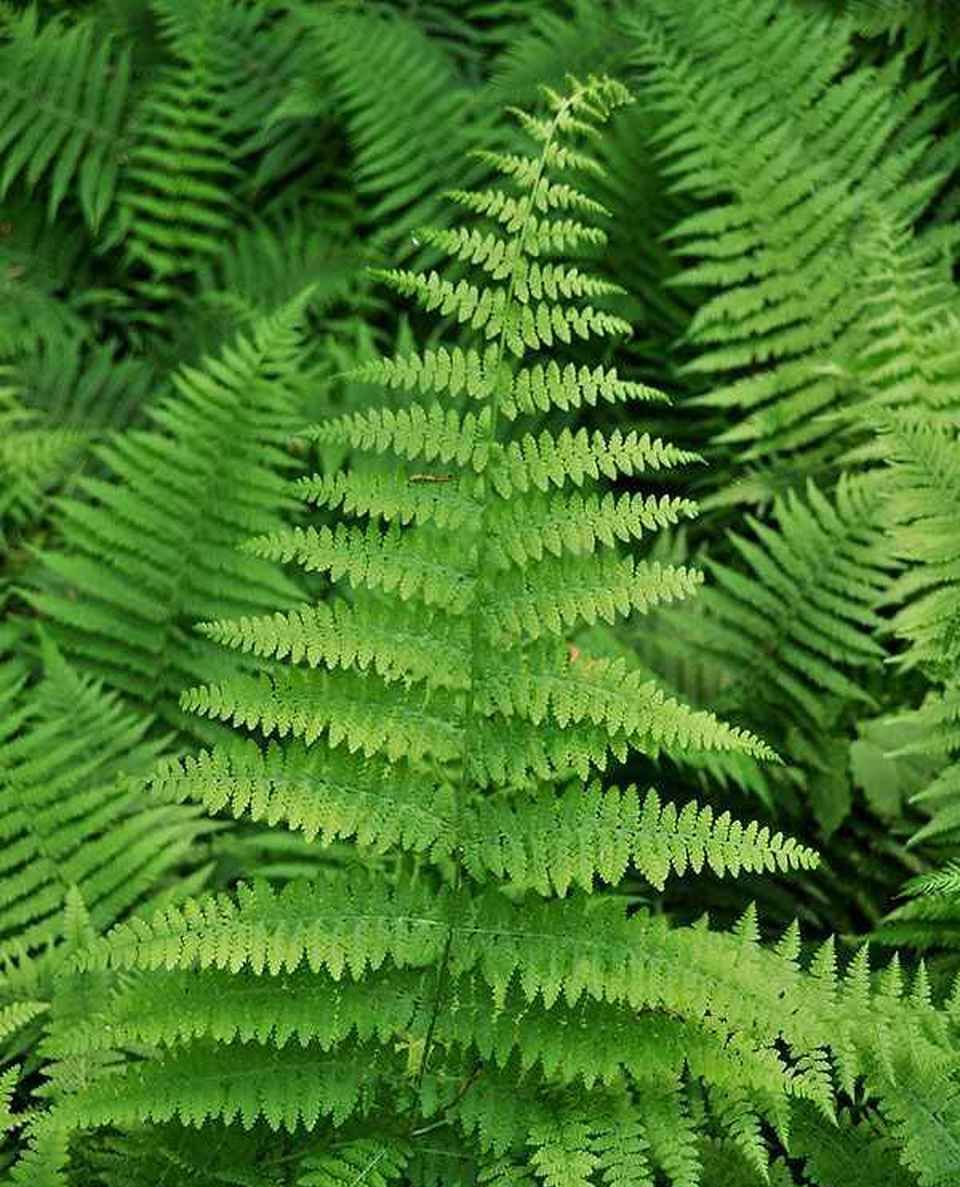
-
Maidenhair Fern
-
Southern Lady Fern
-
Hay-Scented Fern
-
Wood Ferns
-
Sensitive Fern
-
Royal Fern
-
Cinnamon Fern
-
Christmas Fern
-
American Wisteria
-
Virginia Creeper
-
Trumpet Vine
-
Carolina Jessamine
-
Coral Honeysuckle
-
Purple Passionvine

-
Wild Hydrangea
-
American Beautyberry
-
Pepperbush (Clethra)
-
Witch Hazel
-
Winterberry Holly
-
Virginia Sweetspire
-
Mountain Laurel
-
Blueberry
-
Arrowwood Viburnum
-
Inkberry Holly
-
Catawba Rhododendron
-
Muhly Grass
-
Switchgrass
-
Rushes

-
Serviceberry (pictured)
-
Dogwood
-
Eastern Redbud
-
Red Maple
-
River Birch
-
Hackberry
-
Fringe Tree
-
Persimmon
-
American Beech
-
Eastern Red Cedar
-
Black Walnut
-
Tulip Poplar
-
Sweetbay Magnolia
-
Various Oaks
-
Virginia Pine
-
American Arborvitae
15 Tips for Keeping Your Patio Project on Budget
15 Tips for Keeping Your Patio Project on Budget
With countless material and design options available, it's not uncommon for patio project costs to escalate quickly. In this guide, we provide 15 tips for keeping your patio project on budget. Whether you are in the planning phase or design process, these tips are sure to help keep your project costs under control!